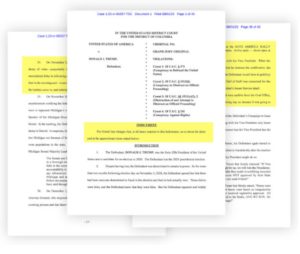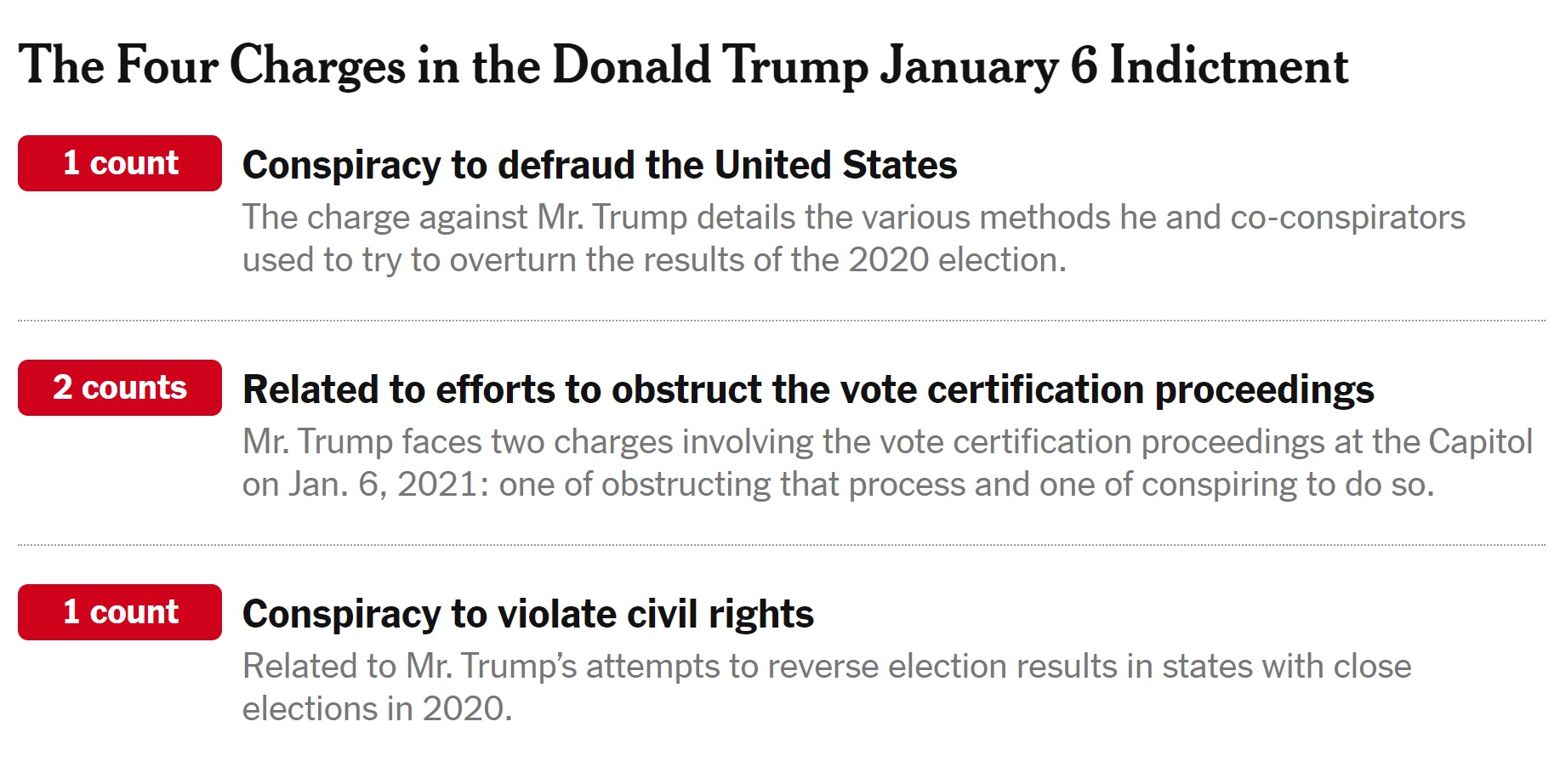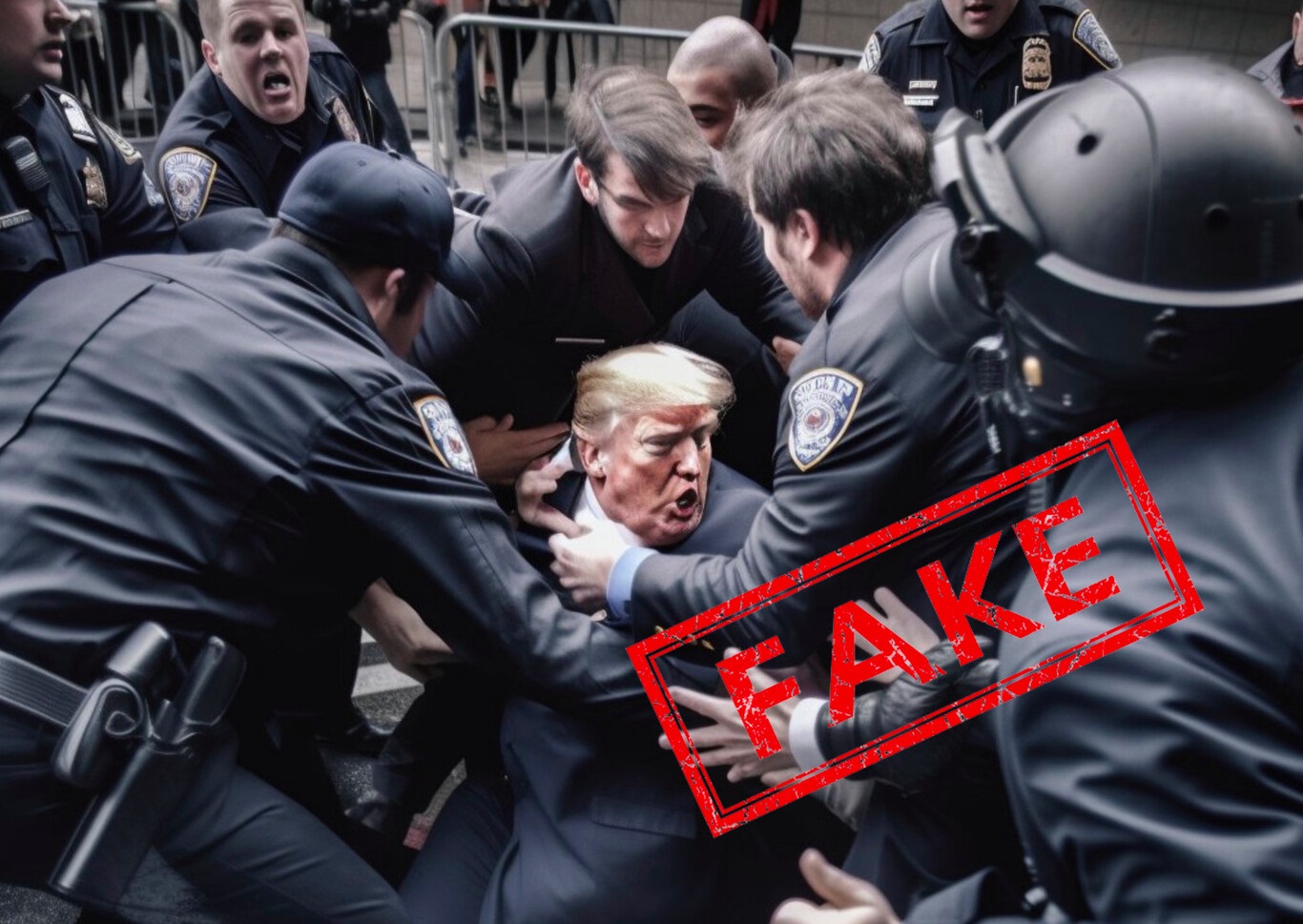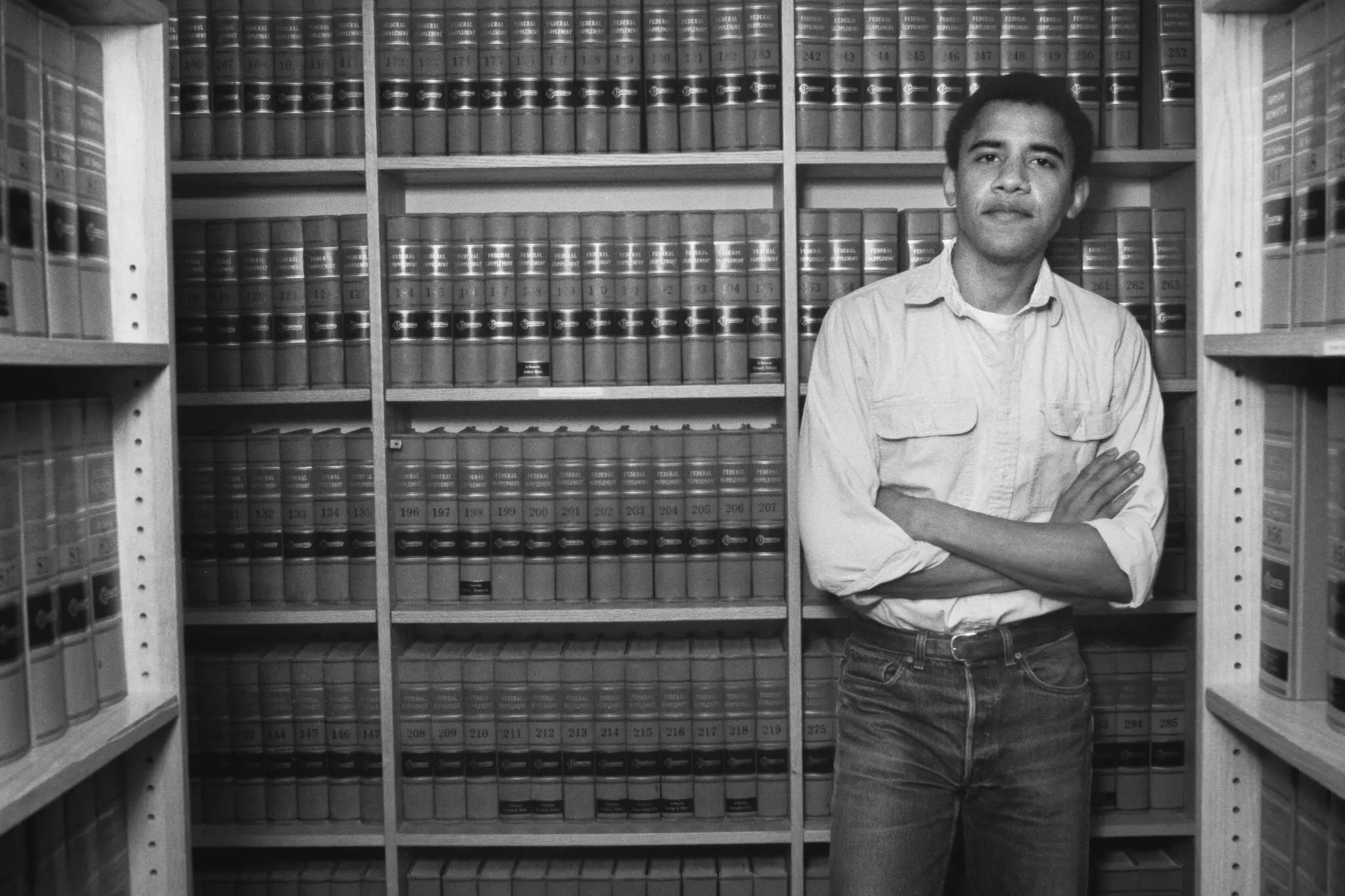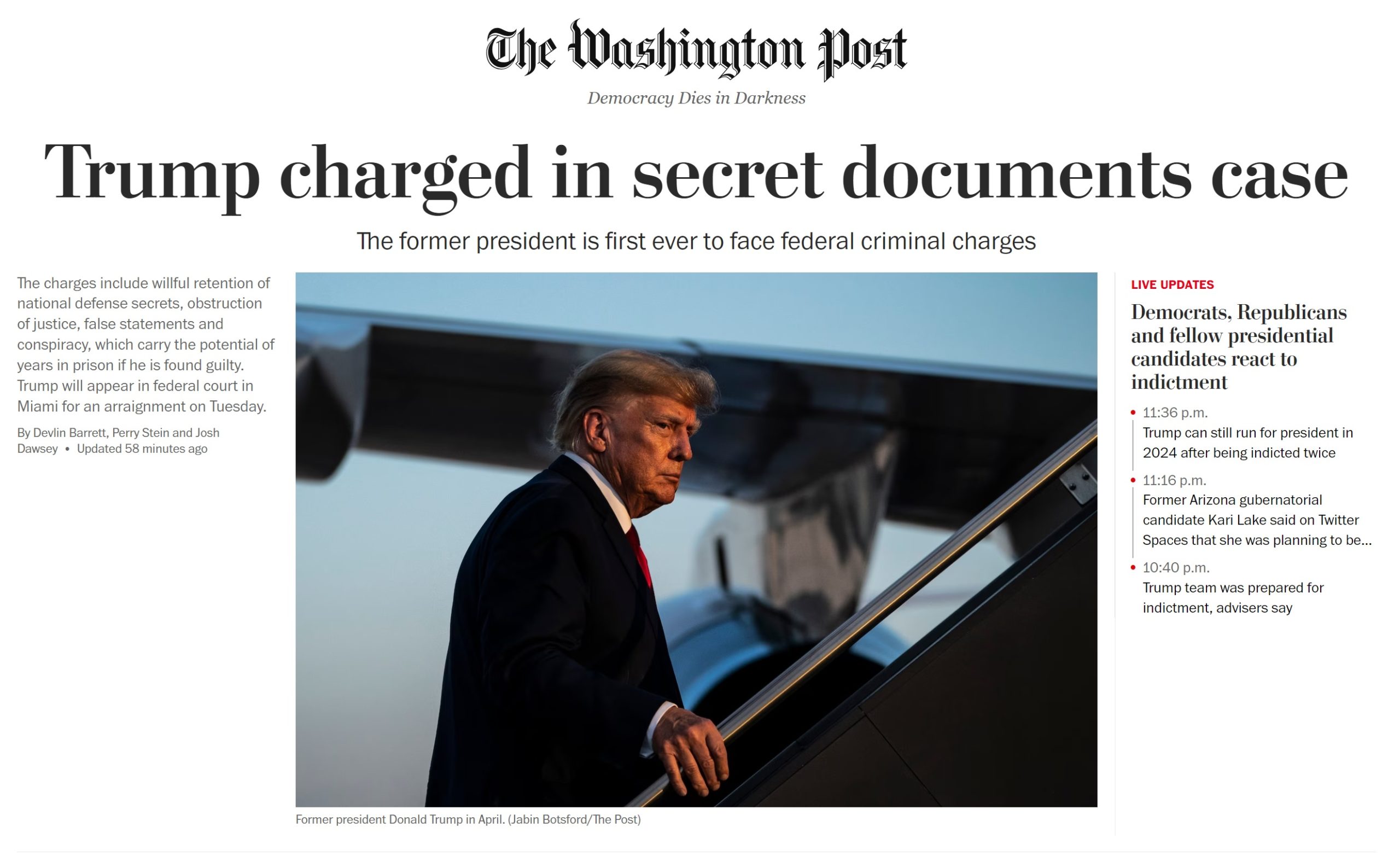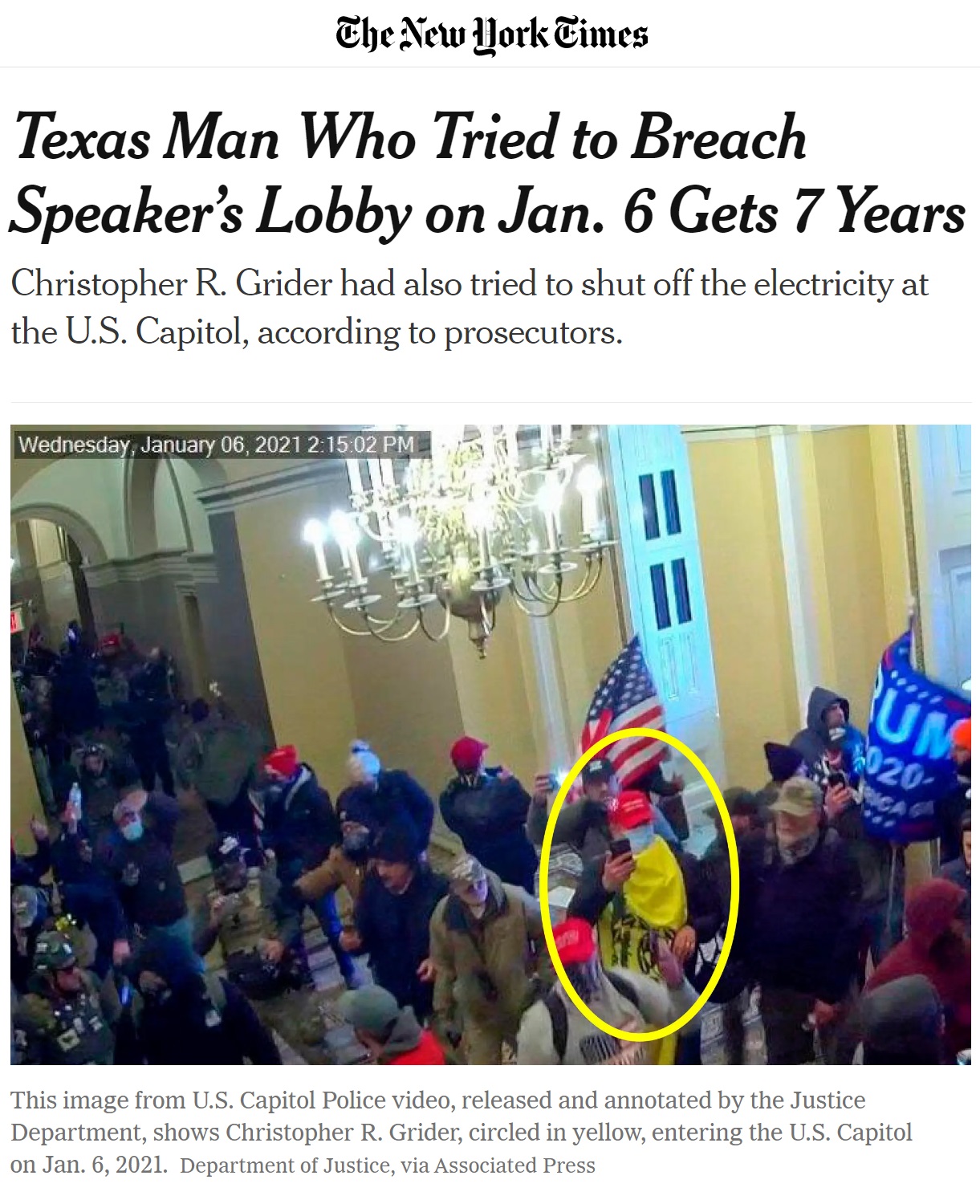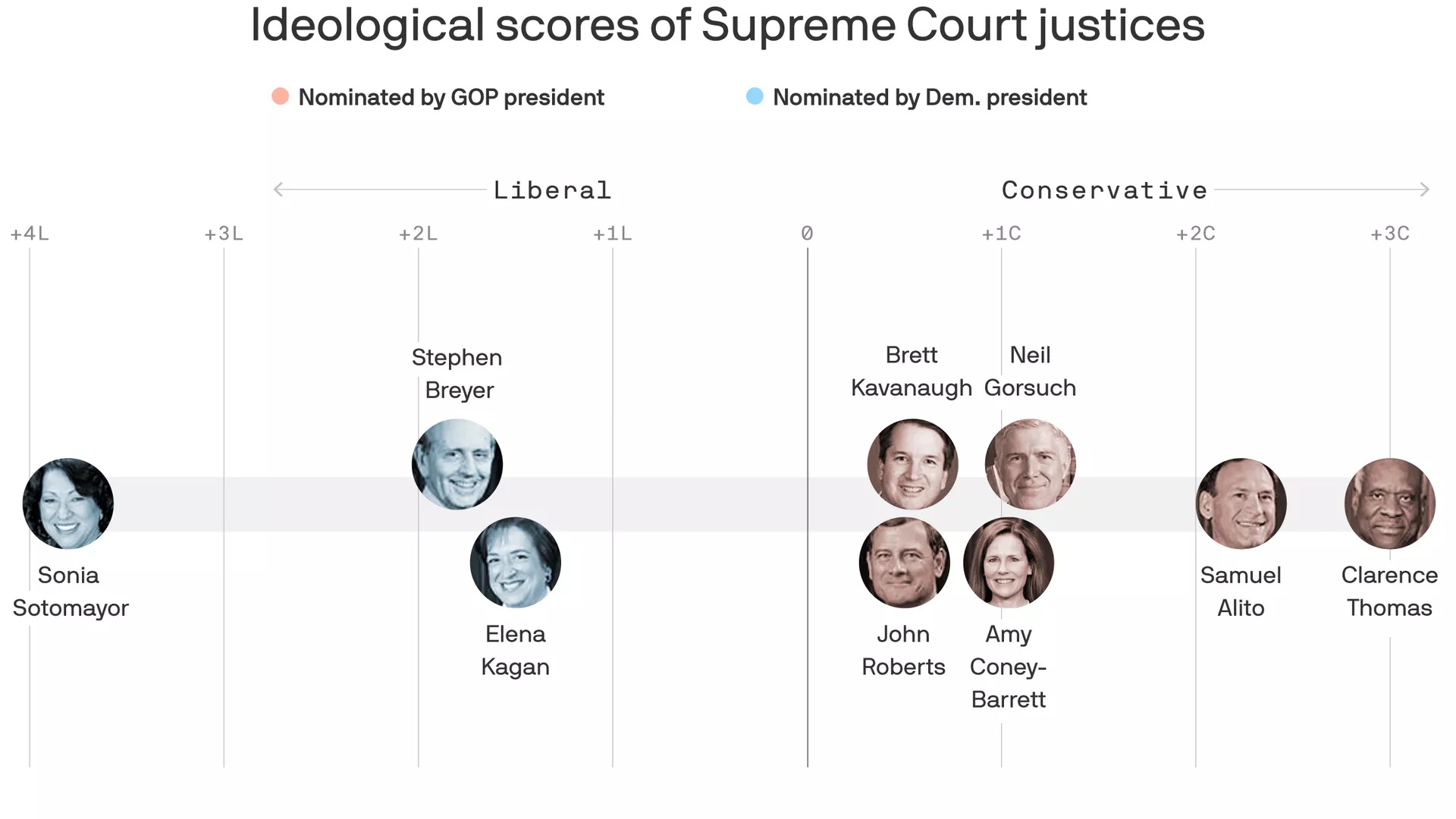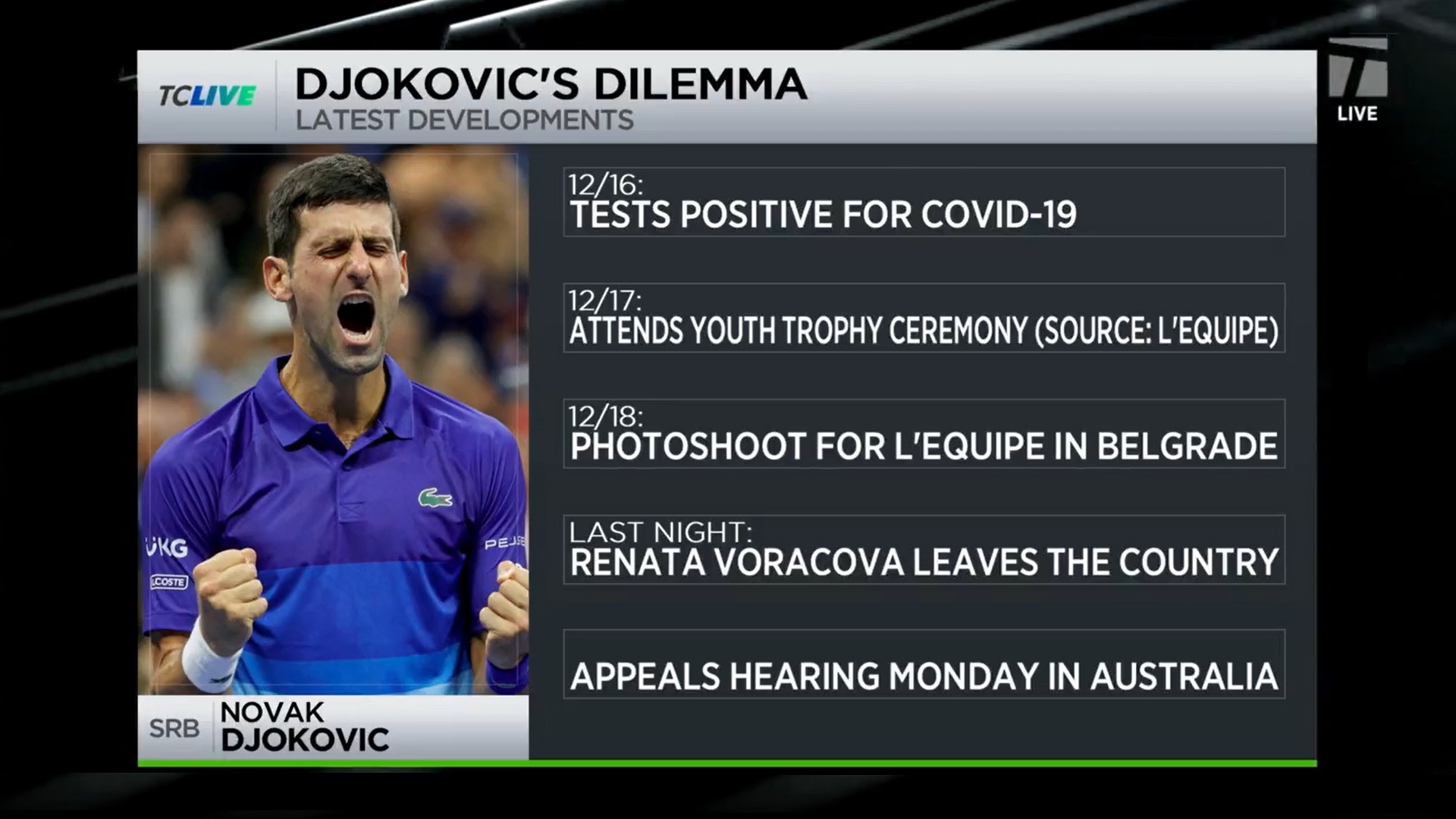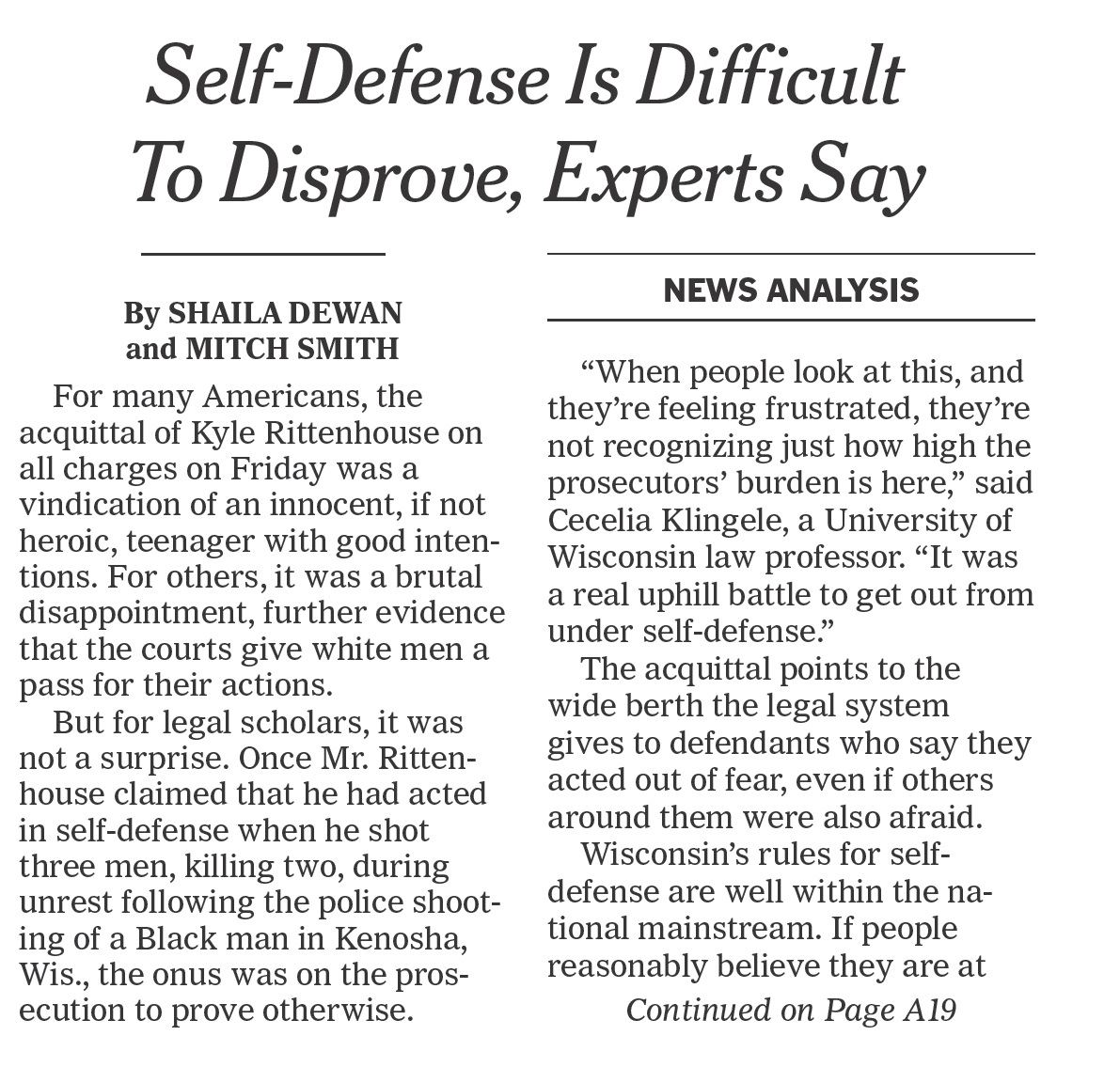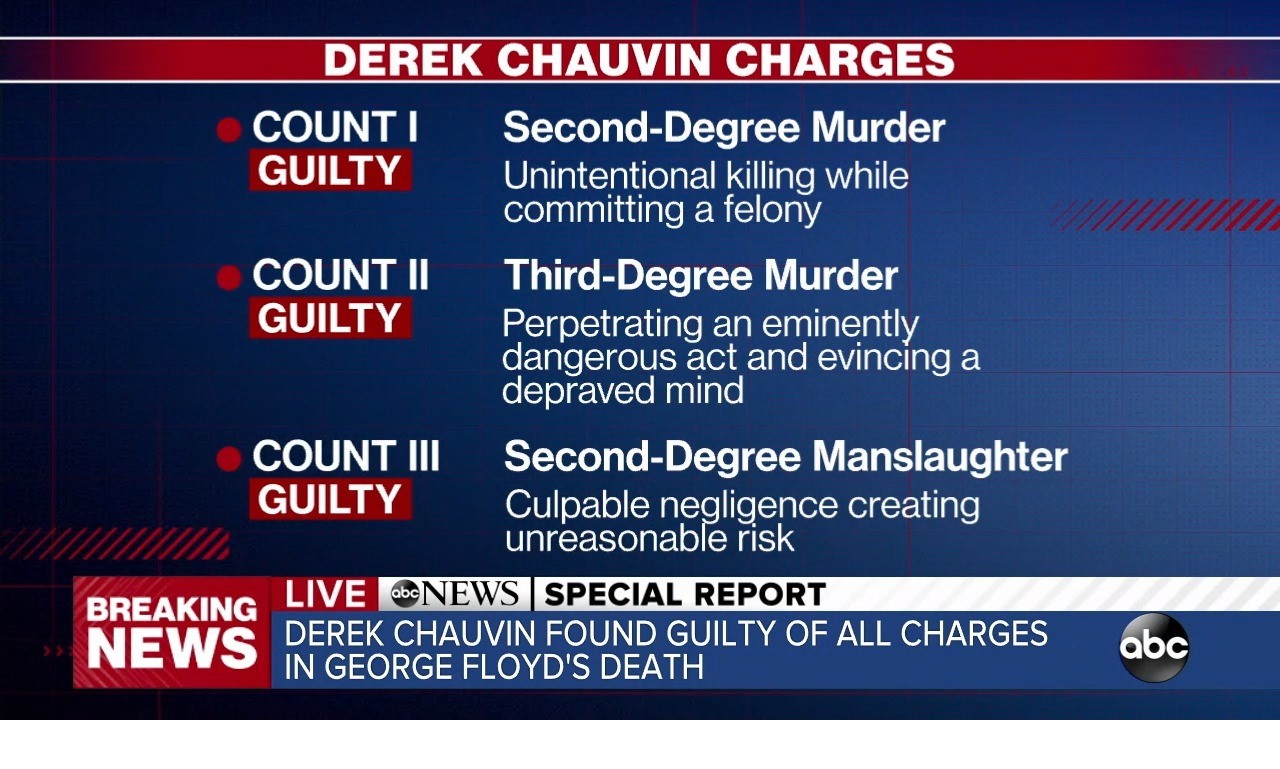So it is true. How could it not be?
The President that was an insult to the American presidency, had appointed three Supreme Court justices. Now these justices issue rulings that are insults to the American people, and the judicial system.
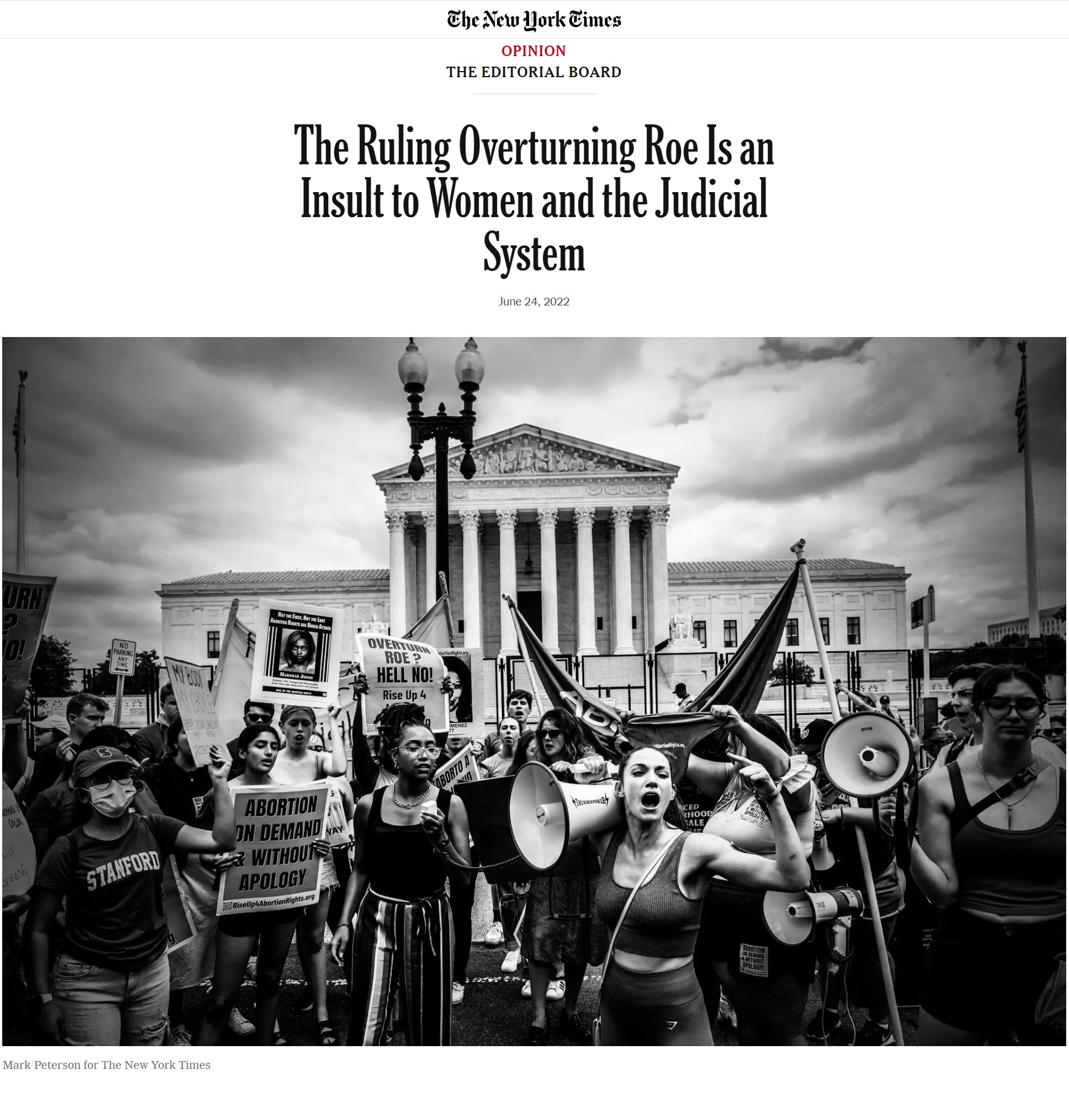
Below is the full text of the opinion piece published today by the New York Times Editorial Board.
Even if we knew it was coming, the shock reverberates.
For the first time in history, the Supreme Court has eliminated an established constitutional right involving the most fundamental of human concerns: the dignity and autonomy to decide what happens to your body. As of June 24, 2022, about 64 million American women of childbearing age have less power to decide what happens in their own bodies than they did the day before, less power than their mothers and even some of their grandmothers did. That is the first and most important consequence of the Supreme Court’s decision on Friday morning to overturn Roe v. Wade and Planned Parenthood v. Casey.
The right-wing majority in Friday’s ruling in Dobbs v. Jackson Women’s Health Organization — which involved a Mississippi law that banned most abortions after 15 weeks, well before the line of viability established in Roe and Casey — stated, “It is time to heed the Constitution and return the issue of abortion to the people’s elected representatives.”
The implications of this reversal will be devastating, throwing America into a new era of struggle over abortion laws — an era that will be marked by chaos, confusion and human suffering. About half the states in the United States are expected to enact laws that restrict or make abortion illegal in all or most cases. Many women may be forced by law to carry pregnancies to term, even, in some cases, those caused by rape or incest. Some will likely die, especially those with pregnancy complications that must be treated with abortion or those who resort to unsafe means of abortion because they can’t afford to travel to states where the procedure remains legal. Even those who are able to travel to other states could face the risk of criminal prosecution. Some could go to prison, as could the doctors who care for them. Miscarriages could be investigated as murders, which has already happened in several states, and may become only more common. Without full control over their bodies, women will lose their ability to function as equal members of American society.
The insult of Friday’s ruling is not only in its blithe dismissal of women’s dignity and equality. It lies, as well, in the overt rejection of a well-established legal standard that had managed for decades to balance and reflect Americans’ views on a fraught topic. A majority of the American public believes that women, not state or federal lawmakers, should have the legal right to decide whether to end a pregnancy in all or most cases. At the same time, Americans are weary of the decades-long fight over abortion, a fight that may feel far removed from their complex and deeply personal views about this issue.
The court’s ruling in Dobbs invites years of even more fractious and protracted legal conflict. By giving state legislatures the power to impose virtually whatever abortion restrictions they please, some will now enact outright bans on abortion. Dozens of cases challenging those laws could soon start making their way through the courts and, almost certainly, to the Supreme Court.
The justices in the majority claim to be playing an impartial role in this decision. “Because the Constitution is neutral on the issue of abortion, this court also must be scrupulously neutral,” Justice Brett Kavanaugh wrote in a concurring opinion. And yet, as the three dissenting justices pointed out, “when it comes to rights, the court does not act ‘neutrally’ when it leaves everything up to the states. Rather, the court acts neutrally when it protects the right against all comers.”
Friday’s ruling was written by Justice Samuel Alito. It was joined by all the other Republican-appointed justices, although Chief Justice John Roberts tried to have it both ways, joining with the majority to uphold the Mississippi law in Dobbs even as he wrote separately to say he would not have overturned Roe and Casey altogether out of a respect for precedent.
The dissent, signed jointly by the three justices appointed by Democrats, took apart the majority’s attempts to justify its rejection of established precedent and even questioned the Republican-appointed justices’ claims to neutrality. The right to abortion, the dissenters noted, was established by one ruling a half century ago, reaffirmed by another 30 years ago, and “no recent developments, in either law or fact, have eroded or cast doubt on those precedents. Nothing, in short, has changed.”
Nothing, that is, other than the makeup of the court. This is the sole reason for Friday’s ruling. As the dissenters rightly put it, “Today, the proclivities of individuals rule.”
The presence of these individuals on the court is the culmination of a decades-long effort by anti-abortion and other right-wing forces to remake the court into a regressive bulwark. This has never been a secret; and with the help of the Senate under Mitch McConnell, former president Donald Trump and allies in the conservative legal movement, they have succeeded.
The central logic of the Dobbs ruling is superficially straightforward, and the opinion is substantially the same as the draft Justice Alito distributed to the other justices in February, which was leaked to the press last month. Roe and Casey must be overruled, the ruling says, because “the Constitution makes no reference to abortion, and no such right is implicitly protected by any constitutional provision,” including the 14th Amendment’s guarantee of due process. While that provision has been held to guarantee certain rights that are not mentioned explicitly in the Constitution, any such right must be “deeply rooted in this nation’s history and tradition.”
By the majority’s reasoning, the right to terminate a pregnancy is not “deeply rooted” in the history and tradition of the United States — a country whose Constitution was written by a small band of wealthy white men, many of whom owned slaves and most, if not all, of whom considered women to be second-class citizens without any say in politics.
The three dissenters in the Dobbs case — Justices Stephen Breyer, Sonia Sotomayor and Elena Kagan — called out the majority’s dishonesty, noting that its exceedingly narrow definition of “deeply rooted” rights poses a threat to far more than reproductive freedom. The majority’s denial of this is impossible to believe, the dissenters wrote, saying: “Either the majority does not really believe in its own reasoning. Or if it does, all rights that have no history stretching back to the mid-19th century are insecure.”
In other words, the court is not going to stop at abortion. If you think that’s hyperbole, consider Justice Clarence Thomas’s concurring opinion in Dobbs, in which he called for the court to reconsider other constitutional rights that Americans have enjoyed, in some cases, for decades — including the right to use birth control, the right to marry the person of their choosing and the right of consenting adults to do as they please in the privacy of their bedrooms without being arrested and charged with crimes. These rights share a similar constitutional grounding to the now-former right to abortion, and Justice Thomas rejects that grounding, calling on the court to “eliminate it … at the earliest opportunity.”
This position may not command a majority of justices today, but six years ago, few people thought Roe v. Wade would be overturned. Brett Kavanaugh, during his confirmation hearing in 2018, said Roe v. Wade “is important precedent of the Supreme Court that has been reaffirmed many times.” He added: “Casey specifically reconsidered it, applied the stare decisis factors, and decided to reaffirm it. That makes Casey a precedent on precedent.”
Yet he voted to overturn two rulings that have led to more equality, more dignity and more freedom for millions of Americans. To dismantle these and other advances, the majority on this Supreme Court has demonstrated its disregard for precedent, public opinion and the court’s own legitimacy in the eyes of the American people. We will be paying the price for decades to come.
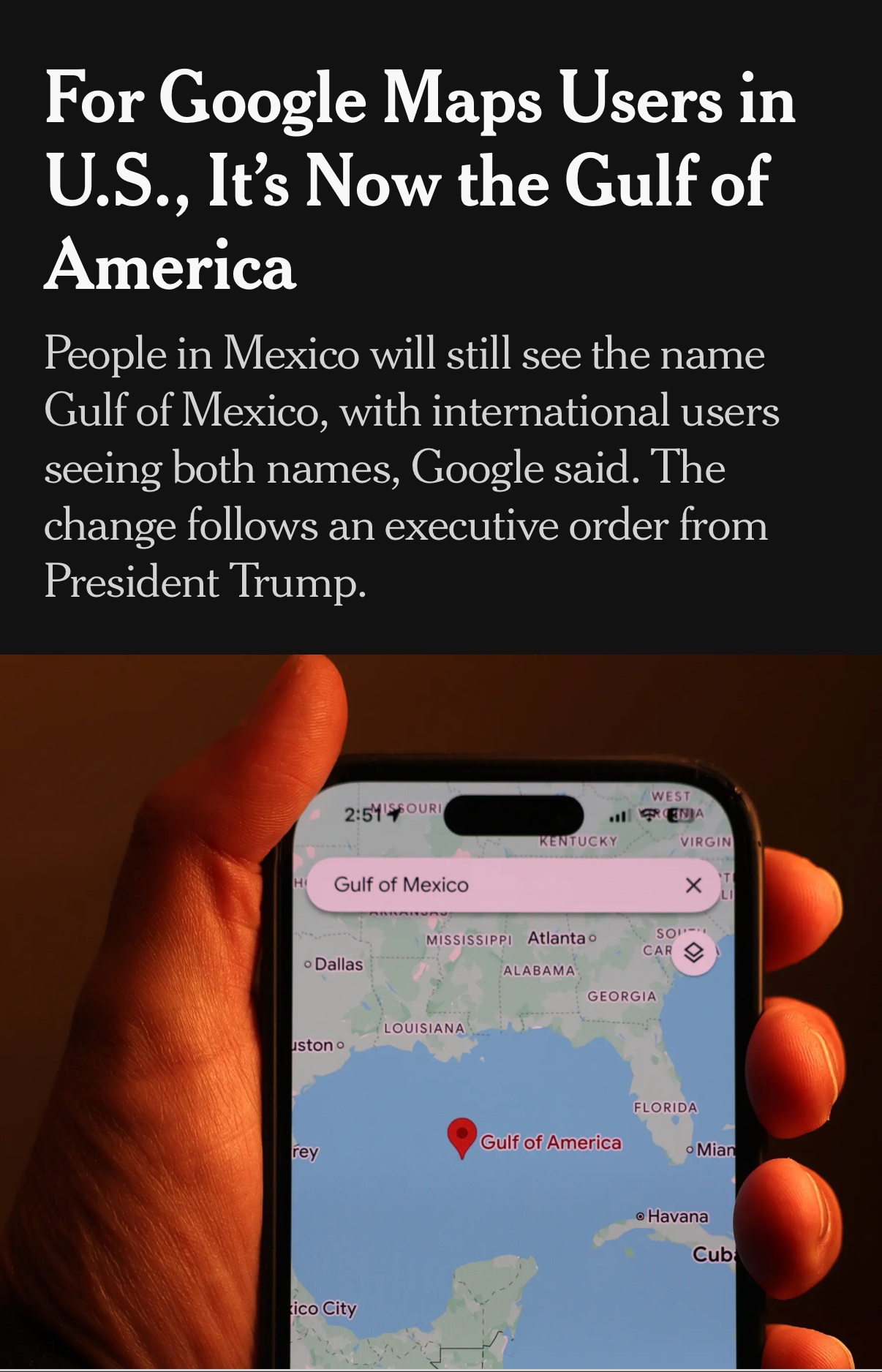
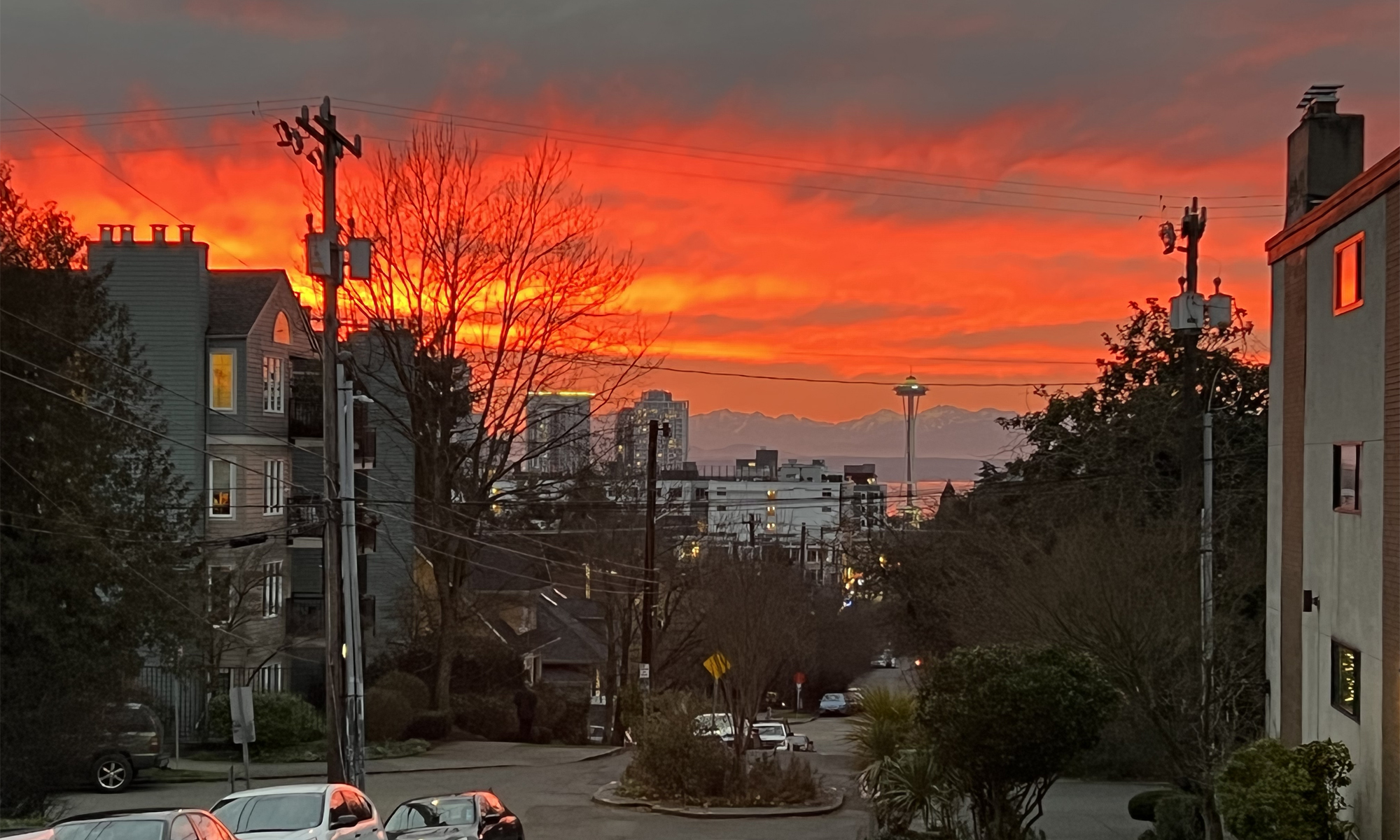



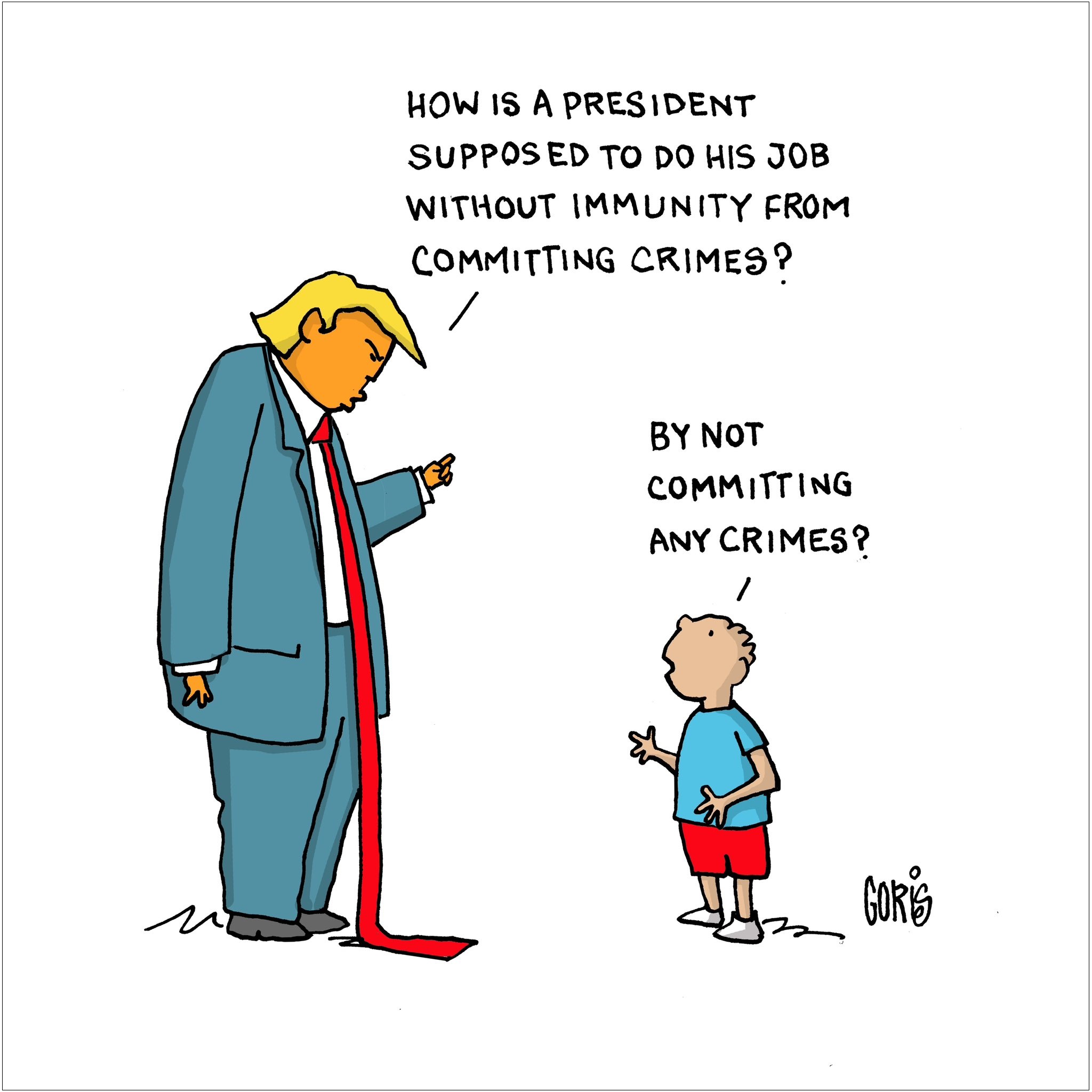

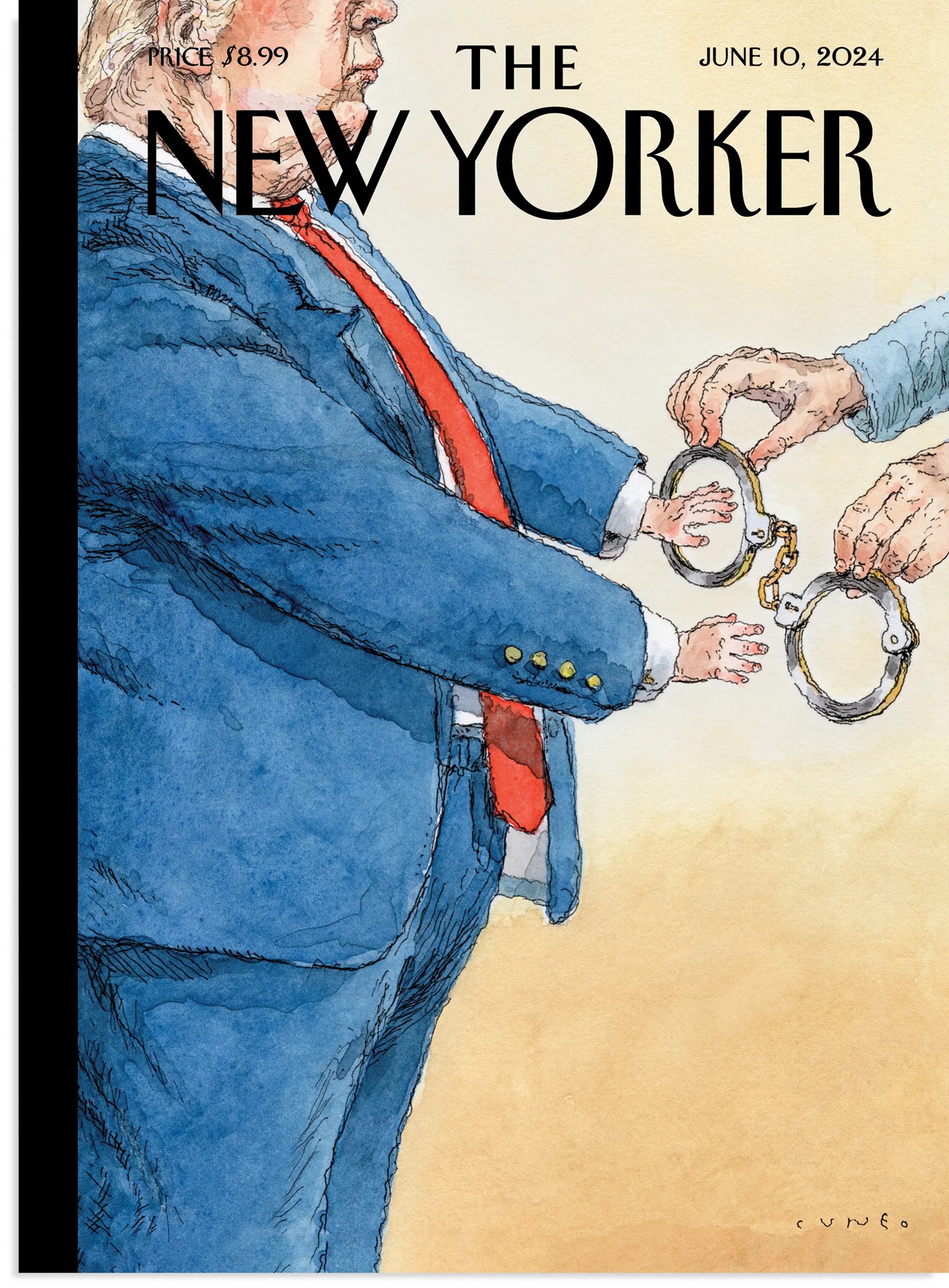
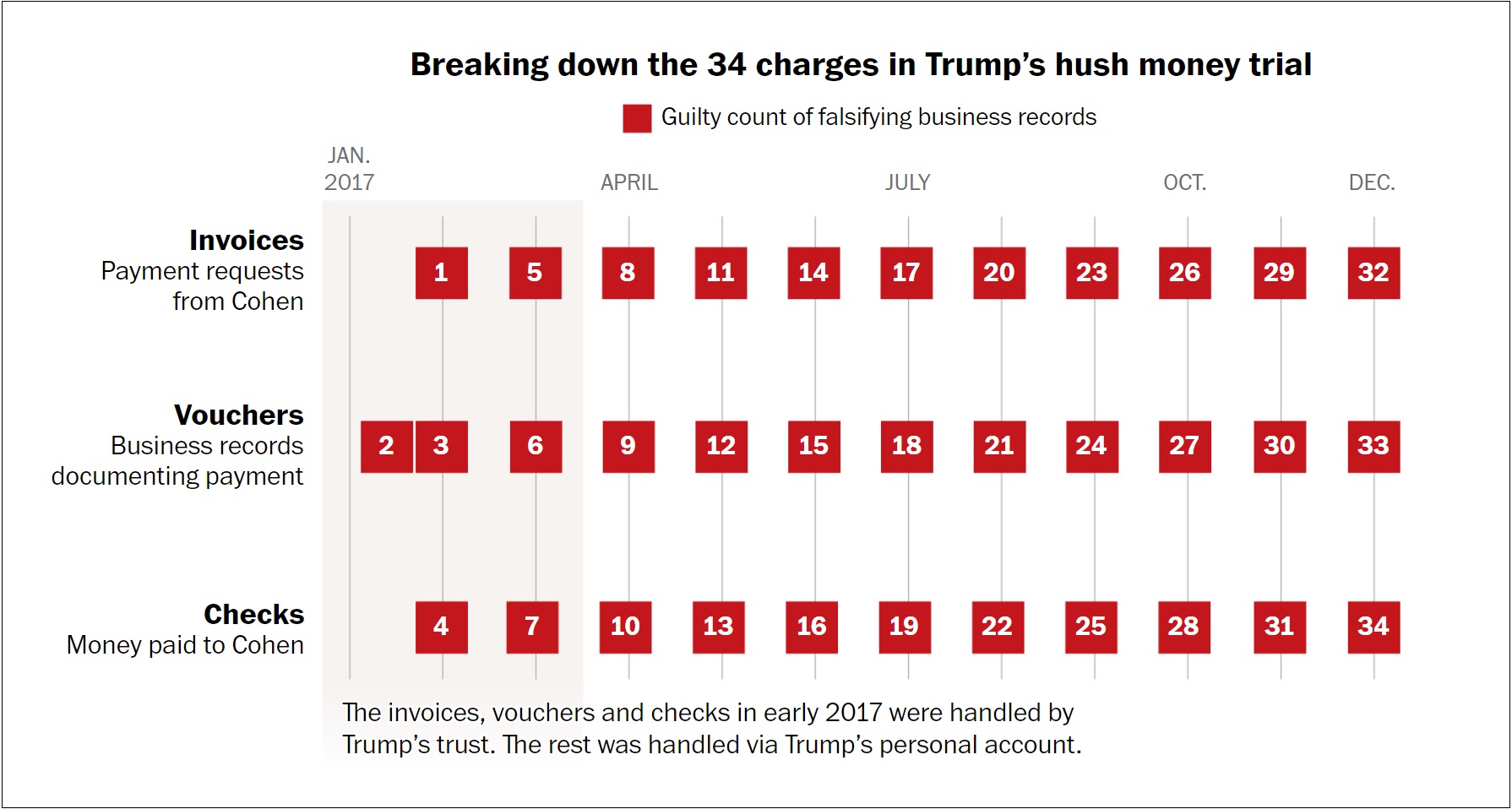

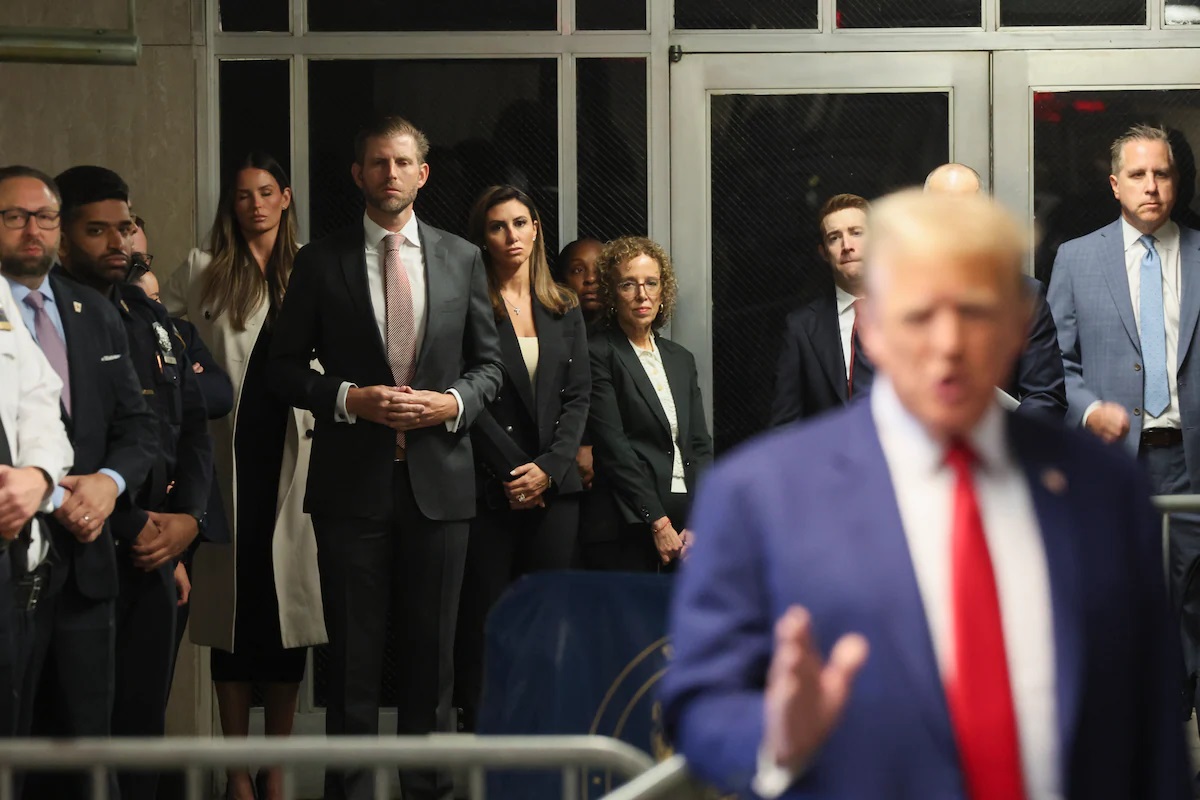

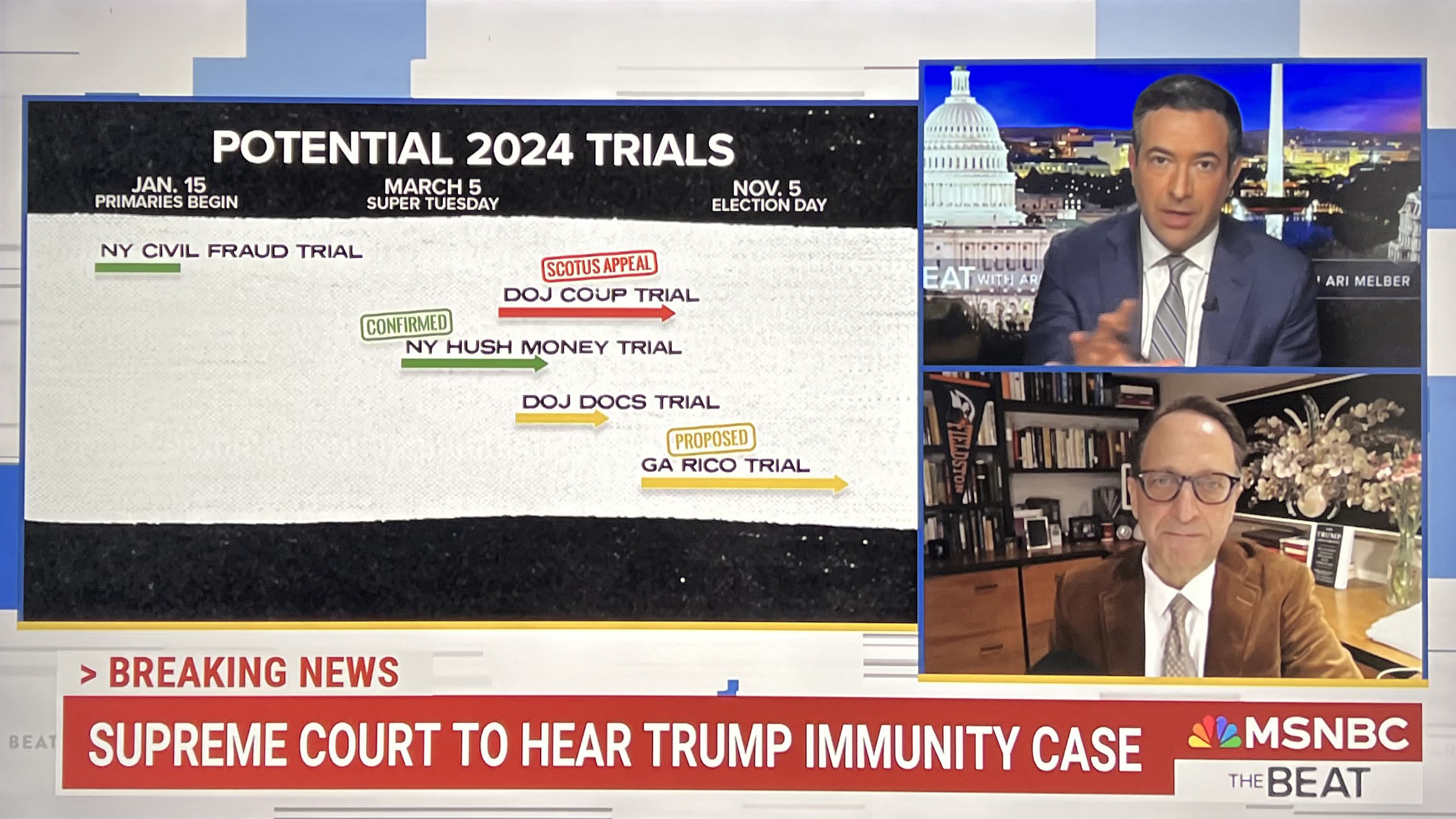


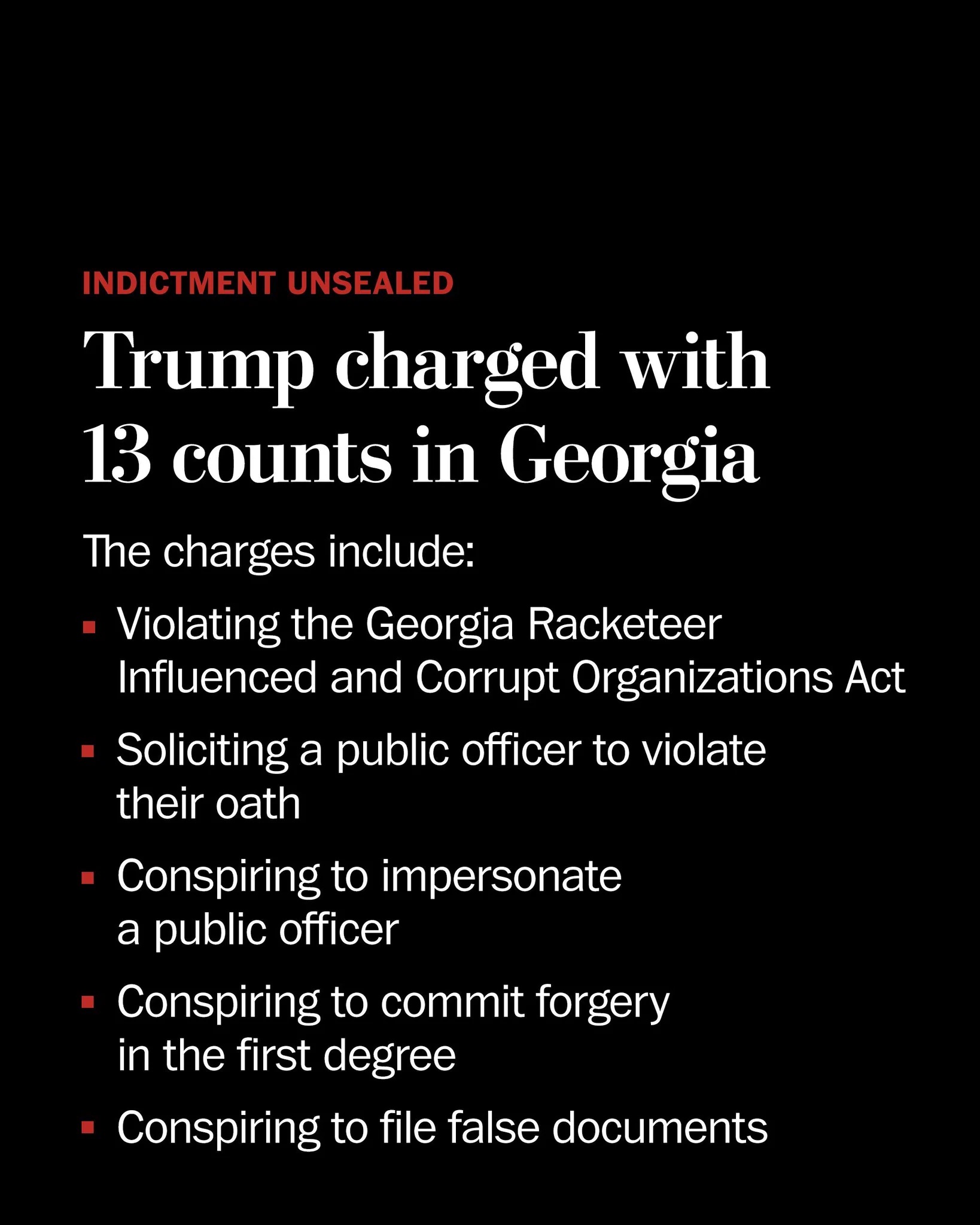

 ) that Trump also faces.
) that Trump also faces.

